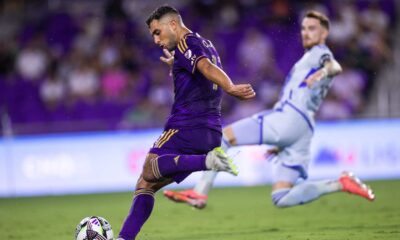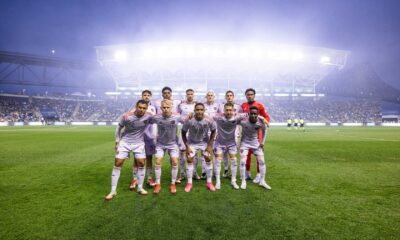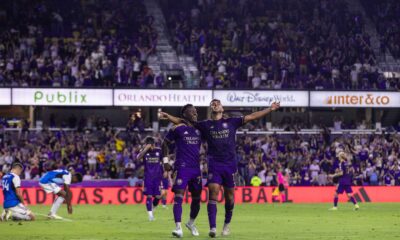Opinion
Wide Players Made the Difference in Victory Over Cavalry FC
Orlando’s fullbacks and wingers had great games against Cavalry, and it helped propel the Lions to victory.
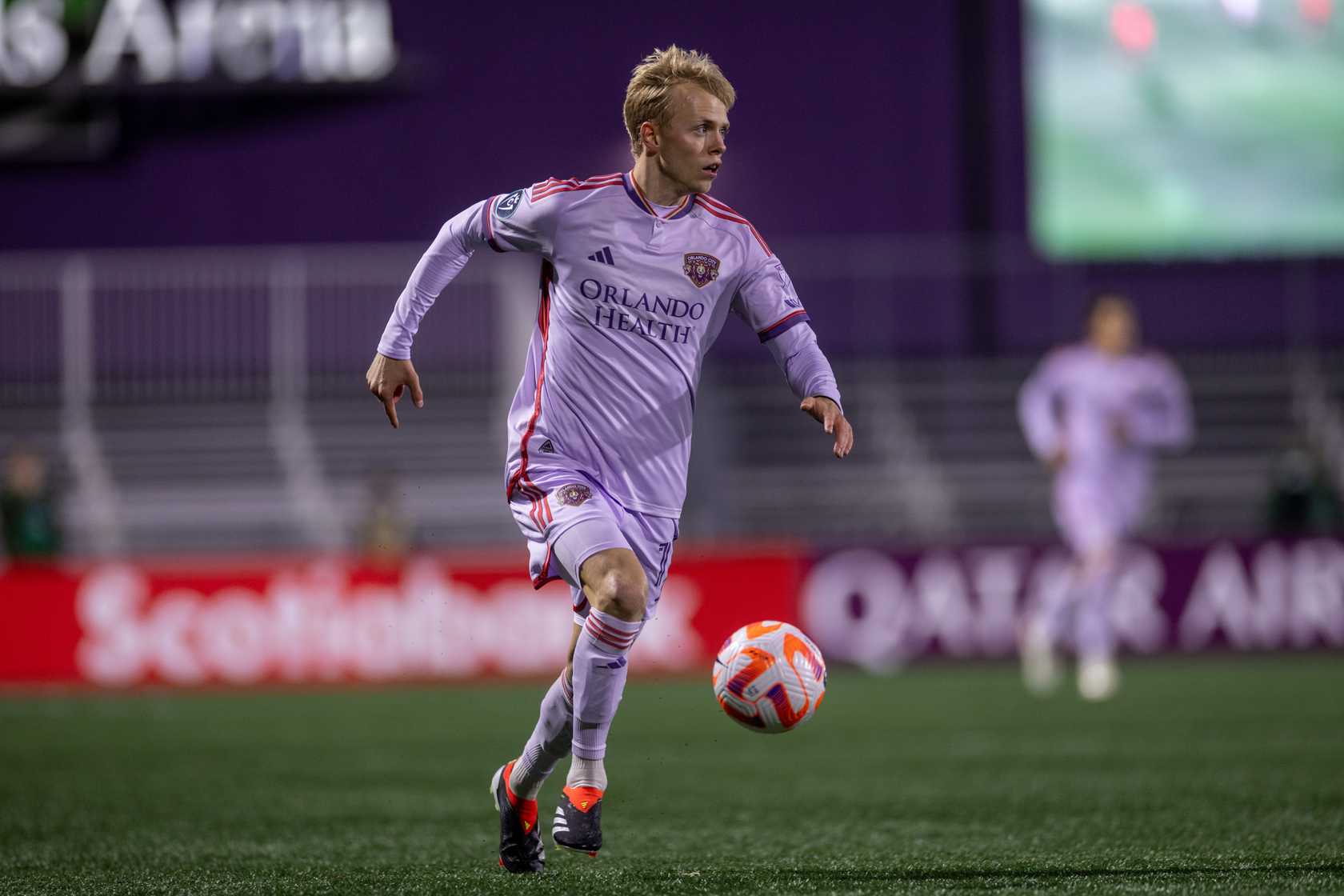
Orlando City began its 2024 season with a resounding and confident 3-0 win over Cavalry FC on the road up in Canada. The Lions grabbed control of the game with an early goal and never let up, and now go into next week’s home leg in excellent position to advance to the next round. Everyone who played out wide for OCSC can and should take a well-earned bow for their performances, as it was their excellent games that pushed the Lions to a big advantage after the first leg.
The first goal looked easy enough, but it was a product of good vision and better execution. After collecting the ball near midfield, Wilder Cartagena turned into space and played a quick ball out to Ivan Angulo on the left wing. Martin Ojeda began his run in a fairly central position, but recognized that there was space behind fullback Shamit Shome, and immediately went to it. He was rewarded when Angulo took one touch to collect the ball, another to settle it, and used his third to play Ojeda into the space behind Shome, with defensive midfielder Jesse Daley coming back to cover. However, the pass from Angulo was perfectly weighted and Ojeda was able to use his first touch to play a cross into the box, preventing Daley from getting in the way of his delivery. Ojeda laid the ball on a plate, and Duncan McGuire made no mistake from close range.
The second goal also came as a result of play out wide, although it was more a goal of individual brilliance than team skill. Dagur Dan Thorhallsson drove at the heart of the retreating Cavalry defense, and pulled three players to him before releasing the ball at precisely the correct time to Facundo Torres on the right wing. Once there, the man defending Torres, William Akio, made the cardinal sin of allowing Facu to cut in on his left foot, and Orlando’s new no. 10 made the opposition pay with a shot to the near post that skipped off the turf and beat Marco Carducci, who admittedly maybe should have done better with it than he did.
The dagger came as a result of more excellent play down the left-hand side. Nicolas Lodeiro, Angulo, and Ramiro Enrique used some slick one-touch passing that resulted in Enrique sending Angulo in behind on the left. Enrique’s ball to free his fellow Colombian was perfectly weighted, and Angulo was able to use his first touch to play a perfect lofted cross to the back post, where Torres dispatched it with a beautiful diving header for his second of the match.
Numbers don’t lie, and they back up the assertion that the wide players had good games. Thorhallsson promptly picked up where he left off at right back, finishing with 81% passing accuracy, one key pass, one assist, one clearance, and one interception. If he keeps this up, then Mikey Halliday is going to have a fight on his hands when it comes to the starting job. Kyle Smith quietly had a good game on the opposite side of the defense, completing one dribble, winning a tackle, and recording four clearances, although his 72% passing accuracy could have been better.
Ivan Angulo was an absolute terror, and looked even more dangerous on the slick turf than he normally does on grass fields. He gave the Cavalry defense fits, and completed four dribbles, recording two key passes, a cross, two long balls, an interception, a tackle, and an assist while completing 84% of his passes. As in seasons past, the big question for him this year surrounds his decision-making in the final third and his finishing. If both of those attributes continue to improve, then he’ll be an almighty handful for opposing defenses.
Torres was, well, Torres. He’s been the straw that stirs Orlando City’s drink for two years now, and Wednesday night was no different. Facu took three shots and scored with the two he put on target, completed 86% of his passes, logging one key pass. He also completed a dribble and chipped in with a clearance and an interception on defense. Time will tell if he’s managed to add the use of his right foot to his game yet, but he was a pleasure to watch, as usual.
I also want to take a moment to shout-out Ojeda. While he was deployed through the middle in the no. 10 role, rather than out wide, where we’re used to seeing him, he was excellent. The Argentine repeatedly drifted into the half-spaces between center back and fullback and had a field day pulling the strings, as he finished with a whopping five key passes. If he can translate that sort of performance to MLS, then a lot of pressure will be taken off the aging legs of Nico Lodeiro.
In short, the Lions made their living on Wednesday by stretching the field, getting the ball to their dangerous players out wide, and then making and executing the correct decisions once it was there. There were a lot of things to like offensively about the performance, and it provided plenty to build on when OCSC opens MLS play against CF Montreal tomorrow. Vamos Orlando!
Opinion
Orlando City’s Start to the Season a Pleasant Surprise So Far
The Lions have started the new season well enough, but we shouldn’t get too carried away just yet.
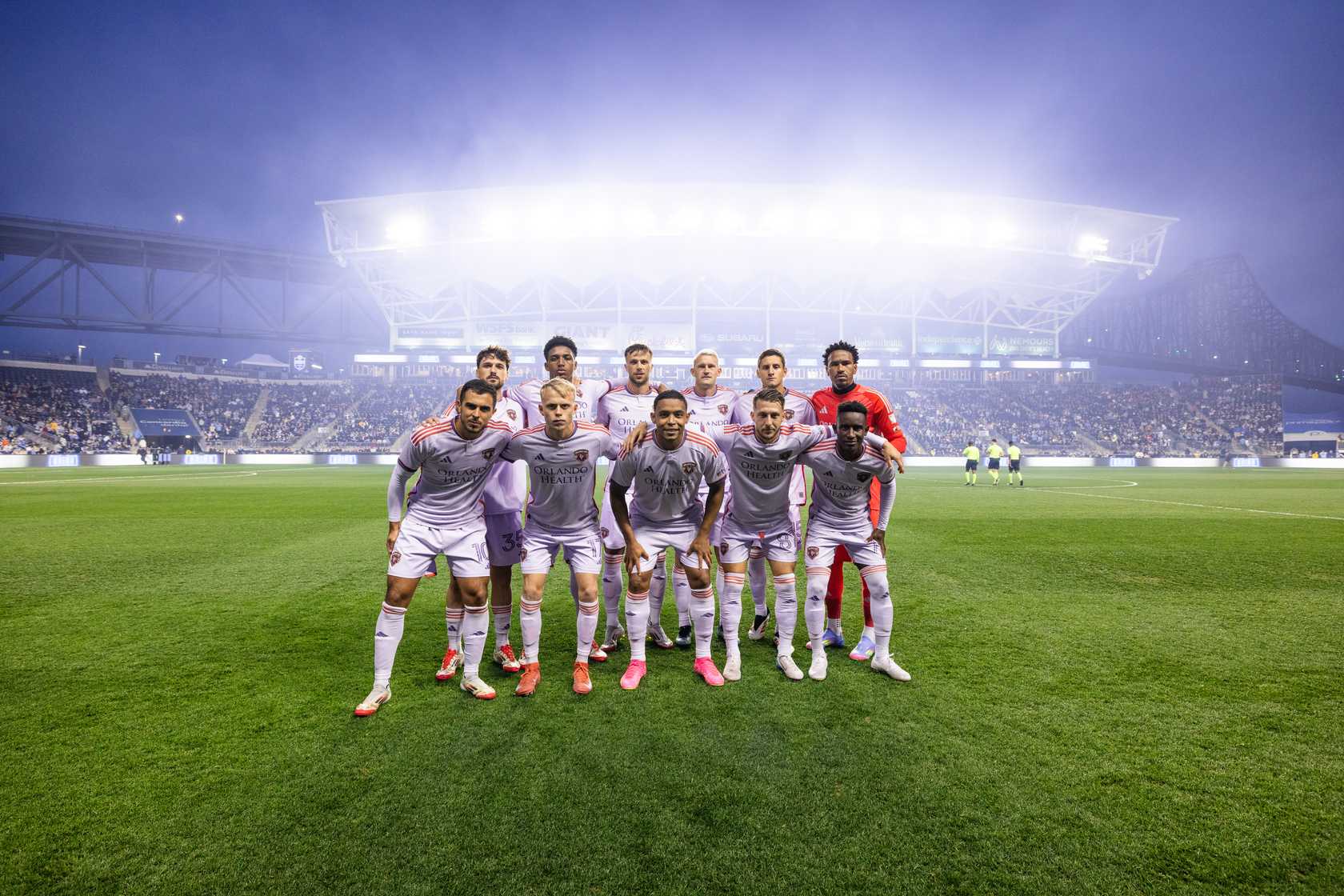
While Orlando City didn’t have a ton of roster turnover to deal with during the off-season, it was really anybody’s guess as to what sort of start the Lions would make to the 2025 Major League Soccer season. There was obviously the loss of all-time leading goal scorer Facundo Torres to deal with, then Wilder Cartagena was lost for the year in preseason, although the club did a great job in landing Eduard Atuesta to replace him. There were also questions about depth at left back, center back, and central midfield. It was anyone’s guess on how Marco Pasalic would adjust to life in MLS, and there were serious questions about whether the Lions had enough firepower up front with Duncan McGuire unavailable to start the season while he recovered from shoulder surgery.
While the club returned the vast majority of the guys who played key roles in helping reach the Eastern Conference final, on paper, the roster didn’t improve and arguably got weaker, so was it truly realistic to expect the team to go a step farther and make the final this year?
Despite all of those concerns, and despite a confidence-shaking 4-2 opening game loss to the Philadelphia Union, Orlando has largely made a good start to the campaign. The Lions have compiled a respectable 3-2-3 record and have 12 points to show for it, currently sitting in seventh place in the Eastern Conference, six points behind the first-place Columbus Crew.
Even in the two losses, it’s hard to make the argument that OCSC played truly bad games on the whole. Rather, the Lions were undone by moments of bad defending and losses of concentration that led to silly mistakes, particularly against the Union. The shaky defending has certainly been one of the bigger concerns, especially on an Oscar Pareja-coached team, but things have begun to look better after keeping two straight clean sheets.
Ironically, even though the offense seemed to be most people’s biggest concern before the season started, it’s been the part of the team that has consistently functioned at the highest level. Before the two 0-0 draws, Orlando had scored the most goals in the league, and despite being held scoreless twice in a row, they still have the third-most goals scored. Out of OCSC’s six games played with a first choice XI, the Lions have scored more than one goal four times. Even in the games when they haven’t been as prolific, or have largely been on the back foot, the Lions have still managed to carve out a healthy number of chances. While their finishing has let them down at times, they’ve still managed to get several good looks at goal in every game, and that’s half the battle.
All in all, it’s been a perfectly respectable start to the season, and the team honestly has performed higher than my (probably slightly pessimistic) expectations. While the start hasn’t been white hot, it’s been nice to not see the sort of slow start that so often has seemed to plague this club during Pareja’s tenure at the helm.
That being said, I think it’s important to place the beginning of the year in the proper context. It’s worth noting that of the teams that Orlando has played to this point, Philadelphia is the only one currently above the playoff line (although the New York Red Bulls occupy the last play-in spot). The Lions have beaten an LA Galaxy team that is the worst in the West; Toronto FC, which is second from the bottom in the East; and D.C. United, which is third from the bottom in the East. They drew the fifth-place Union on the road, and lost to NYCFC at the baseball stadium. But it has to be said that Orlando has faced a noticeable lack of top shelf opponents so far.
Essentially, Orlando has played three bad teams, two decent ones, and one that started very well but has cooled off in recent weeks (twice). Of course, OCSC can’t do anything about that, but it’s worth asking if the solid start to the season is due to the Lions legitimately being a good team, or if it’s more of a paper tiger situation where they just haven’t had to play many tough opponents yet.
There isn’t really any way of knowing for sure, and there won’t be any hints for awhile. With the way the standings currently look, Orlando won’t face a team above the playoff line until they go up against Charlotte FC on the road on May 14. I don’t bring all of this up to try to dampen the mood, but I just don’t think we have a truly accurate idea of this team’s level yet. Which is fair and totally fine, after all we’re only eight games into the season.
That doesn’t mean that we can’t give OCSC its due for a solid start to the year. It hasn’t been perfect by any means, but the team has done more good than bad, and the Lions’ current place in the standings reflects that. We should still keep things in perspective and resist the urge to dole out too much praise just yet, but we can be happy with what we’ve seen so far.
Opinion
Likes and Dislikes from this Week of Orlando City’s Preseason
Let’s break down some good and bad things from this past week of preseason preparations.
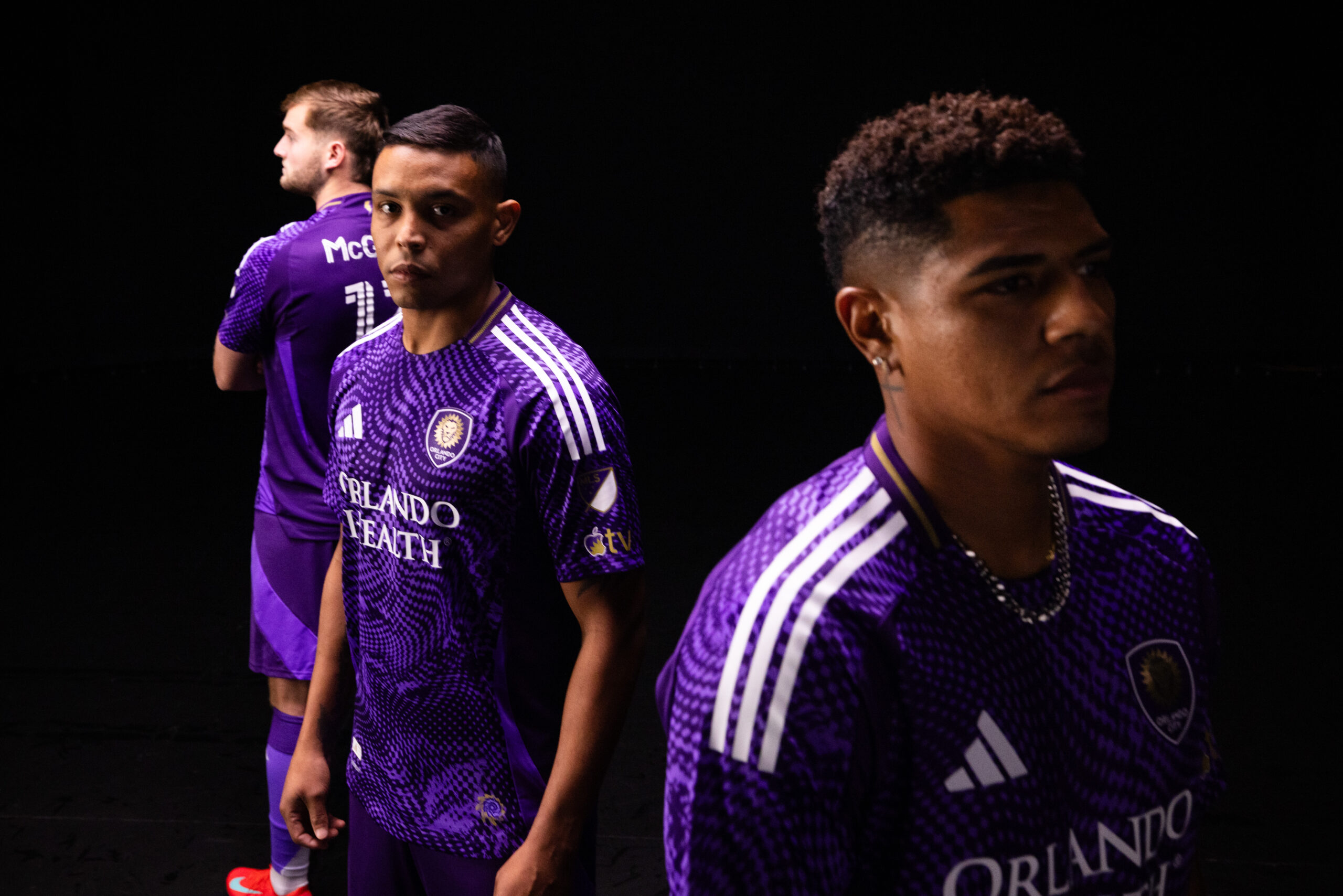
It’s Friday once again, and just like that we find ourselves barely over a week away from the start of the 2025 Major League Soccer season. It feels like this off-season has passed by in a blur, and somehow the Lions are already about to play their final preseason match later today. This week was another busy one for Orlando City, so let’s run through some things that I liked from this week and some things that I didn’t.
Likes
Eduard Atuesta Arrives
It took awhile, and the transfer saga had some twists and turns, but Orlando City landed Eduard Atuesta to replace the injured Wilder Cartagena. Given the league’s budget constraints and the fact that he isn’t a Designated Player, Atuesta is about as good a replacement as fans could have hoped for. Not only is he familiar with the league, but he knows what it takes to win here, as he helped LAFC win the Supporters’ Shield and U.S. Open Cup during his time with the California club. Plus, he theoretically offers more going forward than Cartagena typically does, which could add a much-needed extra punch to the Lions’ offense. The structuring of a one-year deal with an additional club option also gives OCSC some flexibility at the end of the season if the Lions decide they want to move on, but if he replicates the form he typically showed at LAFC, then that option year can be triggered.
New Kit Looks Sharp
The club also debuted its new home jersey this week. Dubbed the “Perfect Storm” kit, no two are supposedly alike, as it pays tribute to the intensity and unpredictability of Central Florida’s weather. For my money, it isn’t anything revolutionary, but there’s a lot to like about it. The pattern is interesting without being too overwhelming, the collar adds a pop of welcome gold to the purple and white motif, and the 407 lightning bolt and doppler radar storm patches are nice, vibrant touches. Teams were also permitted to customize the Apple logo on the sleeves this year, and Orlando chose to do so by incorporating the lion’s mane/sun element of the club crest into the logo. My biggest gripe is that the pattern is only on the front of the jersey while the back is plain purple, but overall I really like it.
Dislikes
Thin Cupboards at Striker and Fullback
Stop me if you’ve heard this one before, but Orlando City is still looking short on bodies at striker and fullback. Granted, the striker position will look better once Duncan McGuire returns, but that’s likely to be at least six to eight weeks away. Fullback isn’t quite as dire, as the Lions have Kyle Smith, Mikey Halliday, and Alex Freeman, who are all in contention to come off the bench. There are caveats though, as Halliday has struggled with injuries the last two seasons, and while Freeman was outstanding with Orlando City B last year, he’s almost completely untested at the MLS level. Plus, all three of Smith, Halliday, and Freeman are most comfortable on the right side. You obviously don’t want to take minutes away from the young guys, but I’d feel a lot better if there was a proven vet in the fold.
Final Preseason Match Prices
At the time of writing, the cheapest ticket listed for today’s preseason match against Inter Miami is $49 plus fees. That gets you in the door and up in the 300 level of Raymond James Stadium; any lower down than that and you’re looking at $65 plus fees and higher. It isn’t the most egregious pricing I’ve ever seen, but at the same time, when my season ticket in The Wall breaks down to being about $19 a game, it’s hard to not feel a little put off. I’m not saying that this is the club’s fault as I don’t know who set the pricing for the event, but I just don’t have much interest in paying over $100 for two people to go to a preseason match. It’s a shame, since Ray-J is about a five-minute drive from my house, but that’s the way it goes sometimes.
What stood out to you from this week of Orlando City’s preseason preparations? Be sure to have your say down in the comments. Vamos Orlando!
Opinion
Likes and Dislikes from this Week of Orlando City’s Preseason
Let’s talk through some of the good and bad from this week of the Lions’ preseason preparations.
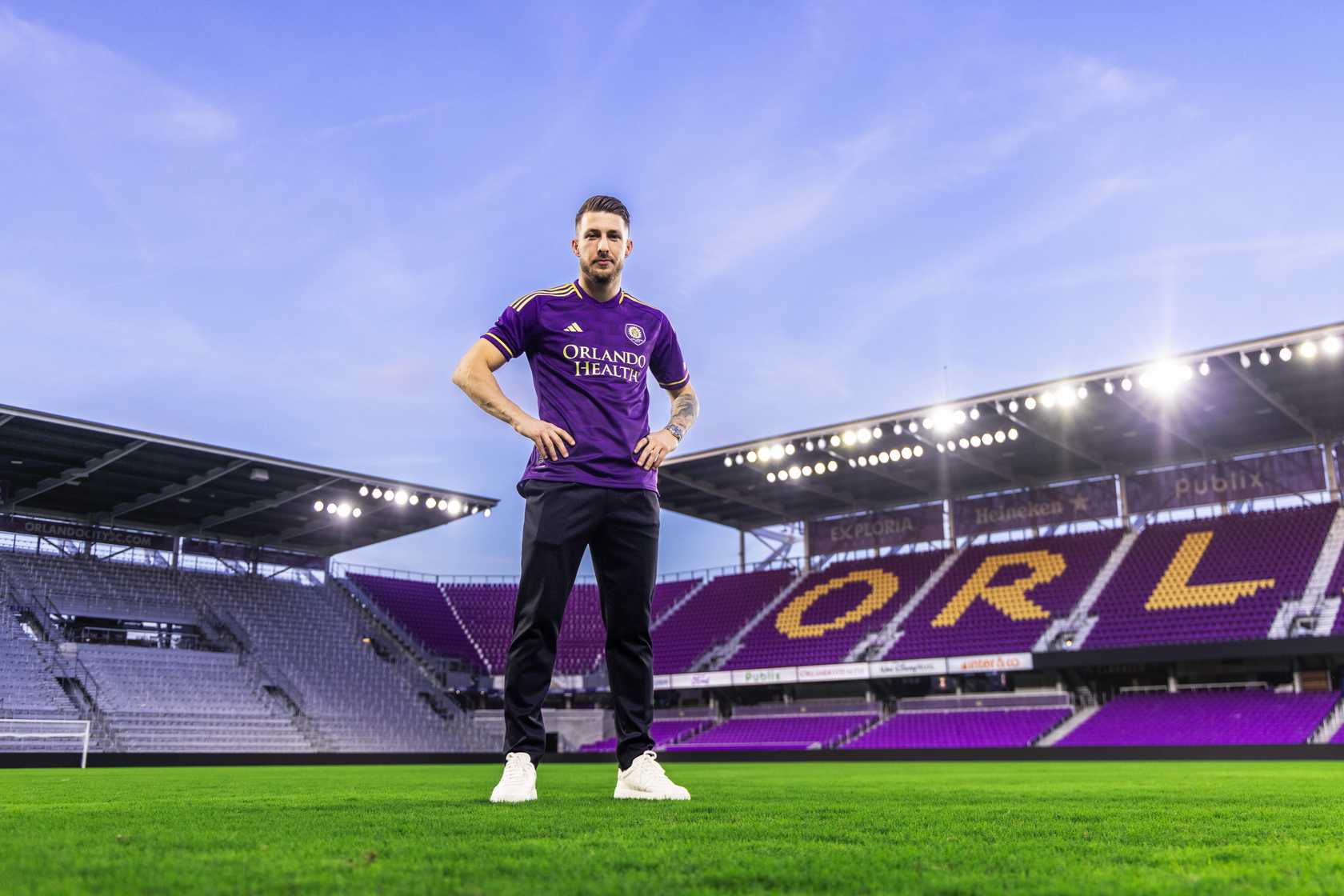
Just like that, another week of Orlando City’s preseason is in the books. We’ll be staring down the barrel of the season opener before we know it, but let’s make sure we take the time to stop and reflect on some good and some not-so-good things that took place this week.
Likes
Marco Pasalic Arrives
Orlando City is back up to three Designated Players after the club completed the signing of Croatian winger Marco Pasalic. It’s a piece of business that has been rumored for awhile now but took some time to get done and across the line. Between Pasalic and the previous signing of Nicolas Rodriguez, the Lions have got bodies to fill the right wing position. While neither is likely to be able to immediately replace the production of Facundo Torres on their own, they’re both young and will have the chance to grow their games and show what they can do.
Season Ticket Member Match
OCSC will take on CF Montreal Saturday in a preseason scrimmage which is an event exclusive to season ticket holders. This is the sort of thing that I, along with my fellow season ticket members on staff, love to see. An event that rewards you for that membership and does so by giving you an extra peek at the team before everyone else. It might not be some wildly extravagant event, but it doesn’t need to be. The club has formed a habit of designating one of the preseason scrimmages a season-ticket-members-only event, and for my money, it’s been a good call.
Dislikes
Closed Door Scrimmage Radio Silence
This feels a little nitpicky, as closed-door scrimmages are by their very nature, closed door. The whole point of them is to not have a ton of access and insight about what’s going on, and teams will often agree beforehand about what level of information, if any, will make its way out to the public afterwards. We know that Orlando took on Atlanta United in a preseason scrimmage Wednesday, and we know that Alex Freeman put in a goal from a header, thanks to a post from the club on the website formerly known as Twitter, but that’s about it. It feels greedy to ask for information from something we weren’t guaranteed to get any from in the first place, but the brief taste has me wanting more, damnit.
Depth Still a Worry at Several Positions
As stated above, getting Pasalic in the door means that the Lions now have the winger slots fairly well stocked, but there are still other areas on the field that could use some reinforcement. The most crucial of those remains defensive midfielder, and although the rumored arrival of Eduard Atuesta would help considerably, I’m not counting him as a Lion until pen has been put to paper. If he does get signed, that still leaves striker and fullback perilously thin when it comes to guys who are proven MLS-caliber players, and the first game of the season is just shy of two weeks from now. There’s still time to do business, but the clock continues to tick.
What jumped out at you from this week of OCSC’s preseason? Be sure to have your say down in the comments. Vamos Orlando!
-
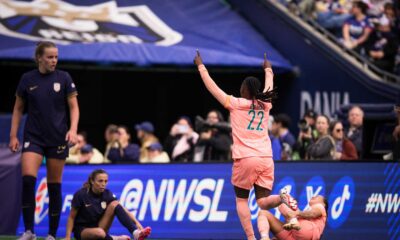
 Orlando Pride7 days ago
Orlando Pride7 days agoOrlando Pride vs. Seattle Reign FC: Final Score 1-0 as Pride Win Fourth Straight To Start The Season
-
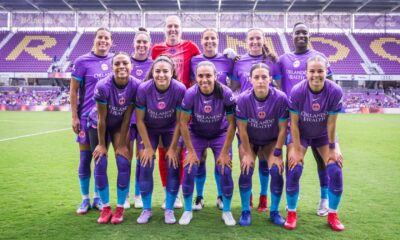
 Orlando Pride1 week ago
Orlando Pride1 week agoOrlando Pride vs. Seattle Reign FC: Preview, How to Watch, TV Info, Live Stream, Lineups, Match Thread, and More
-
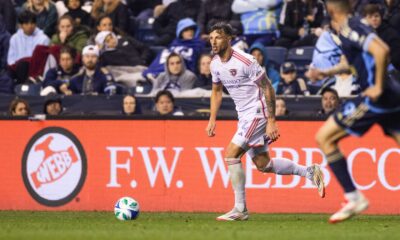
 Orlando City2 weeks ago
Orlando City2 weeks agoOrlando City vs. Philadelphia Union: Final Score 0-0 as Lions Extend Unbeaten Run to Four Games
-
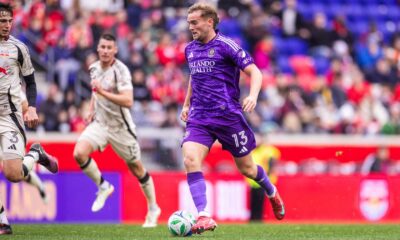
 Orlando City1 week ago
Orlando City1 week agoOrlando City vs. New York Red Bulls: Preview, How to Watch, TV Info, Live Stream, Lineups, Match Thread, and More
-
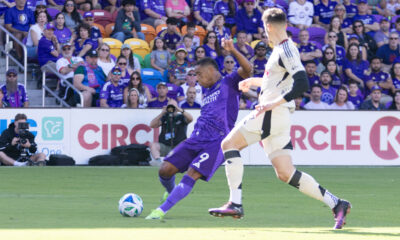
 Orlando City7 days ago
Orlando City7 days agoOrlando City vs. New York Red Bulls: Final Score 0-0 as 10-Man Lions Held at Home
-
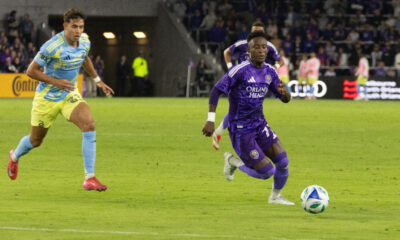
 Orlando City2 weeks ago
Orlando City2 weeks agoOrlando City vs. Philadelphia Union: Preview, How to Watch, TV Info, Live Stream, Lineups, Match Thread, and More
-
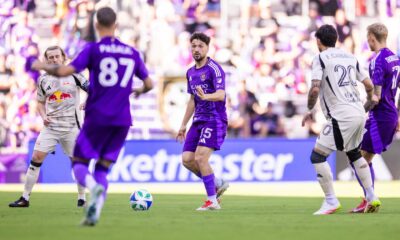
 Orlando City6 days ago
Orlando City6 days agoOrlando City vs. New York Red Bulls: Five Takeaways
-
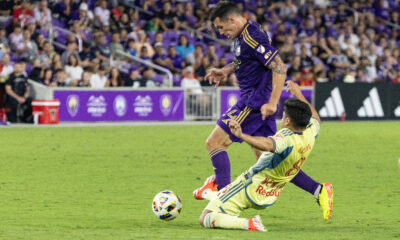
 Orlando City1 week ago
Orlando City1 week agoOrlando City vs. New York Red Bulls: Three Keys to Victory


